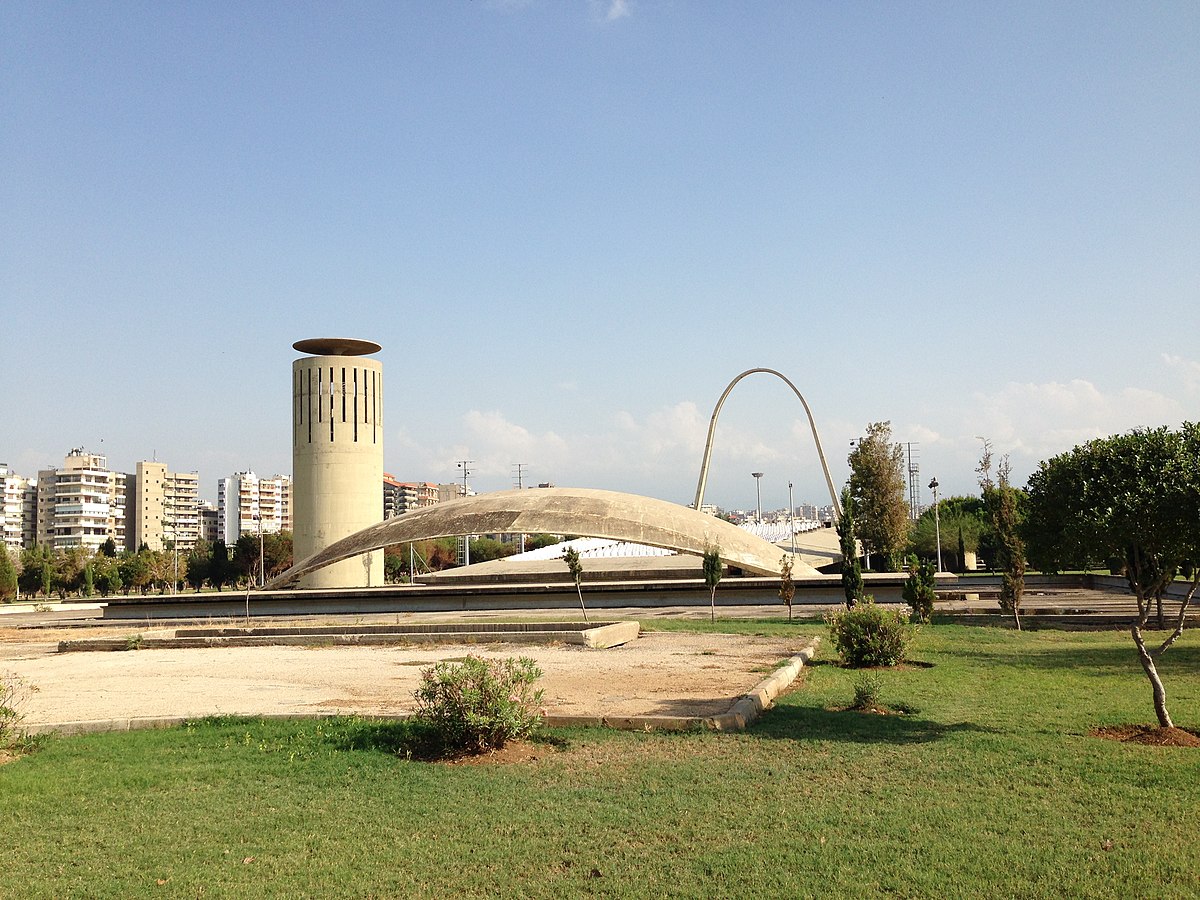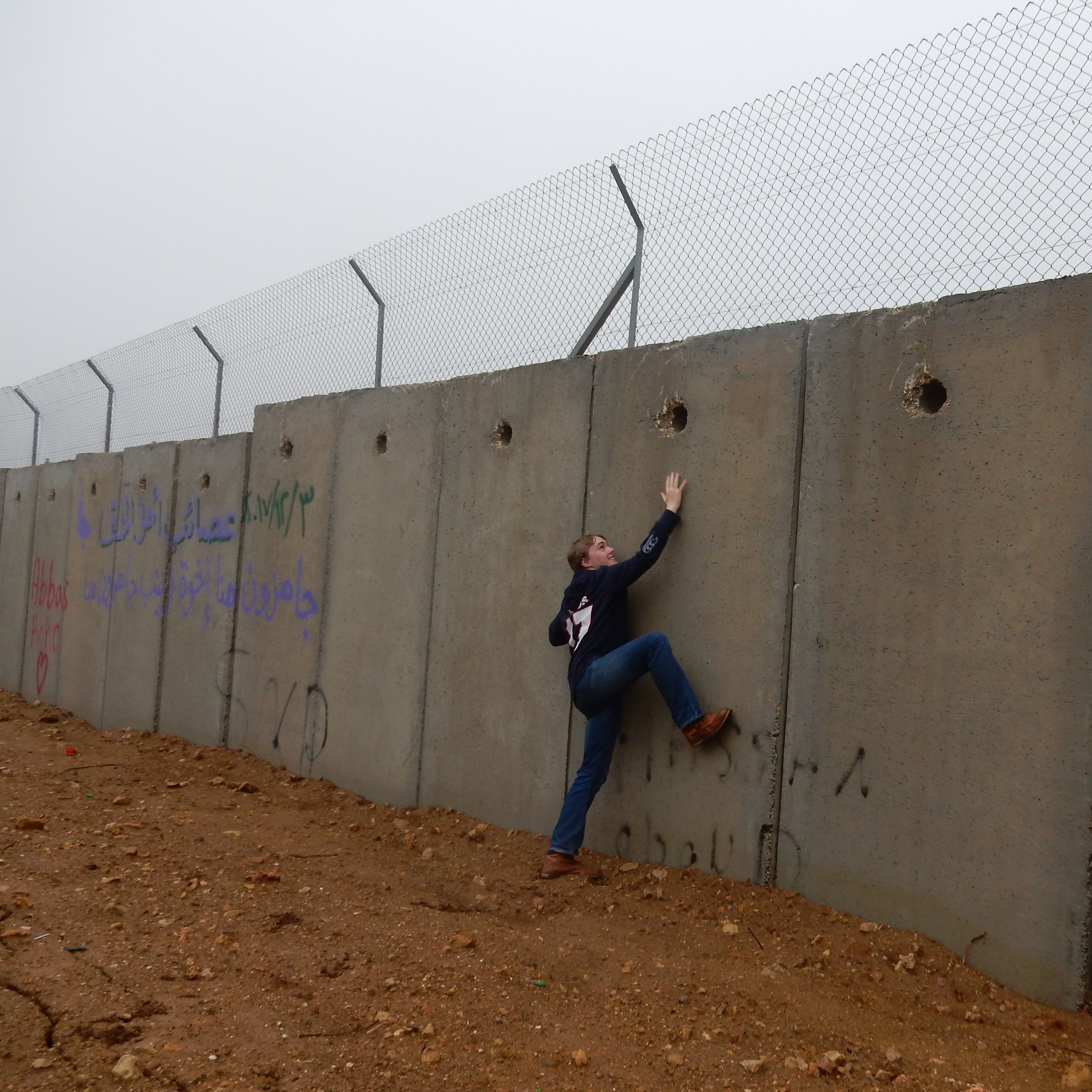In the north of Lebanon is the city of Tripoli, not to be
confused with the capital of Libya. Walking through this ancient city with its traditional street life, it’s the last place you’d expect to find this homage to arguably the greatest modernist architect to ever live. In 1962 the legendary modernist architect Oscar Niemeyer designed the Tripoli World Fair Site, officially known as the Rashid Karameh International Exhibition Centre. Construction began in 1964 but unfortunately, in 1975 the construction was stopped due to the beginning of the Lebanese Civil War.
The site was designed to welcome 2 million visitors per year, over 250 acres with 15 unique concrete brutalist pavilions. Niemeyer himself is probably most famous for designing the Brazilian capital Brasilia.
Probably the most important stop inside the grounds is the UFO shaped structure, known as the dome, that was intended to be used for concerts and performances, complete with a rotating stage. The acoustics inside are like nothing you probably will have experienced. Even the slightest whisper results in a resounding echo. One could easily spend hours in here having fun with their own voices
or whatever debris happens to be lying around.
The Lebanese pavilion, another one of the 15 structures, is surrounded by reflective pools and encompasses traditional Middle Eastern designs. It’s smaller than some of the other buildings but makes a large statement due to its uniquely shaped columns.
Behind it stand the helipad, which looks like something out of the 1960s futuristic cartoon the Jetsons, or better yet Thunderbirds. Niemeyer surely envisaged the rich and powerful flying in directly to the centre of the fair site, but alas a helicopter has probably never landed here. You can however ascend the dangerously rusty staircase to enjoy the views on offer.
Past the helipad is an open-air theatre, complete with concrete curved cover over the stage and a huge concrete arch reminiscent of the large archway in St Louis in the US. It’s clear that the open-air theatre has more recently been used by local skateboard enthusiasts, who have left their graffiti tags on nearby walls.
The main exhibition hall is 750m long and is shaped like a boomerang, no support columns are there, just a large beautifully shaped hard edged reinforced concrete roof with glass walls. It was how the 1960s saw the future.
Walking around, it’s easy to imagine guests from all over the world enjoying the displays, sitting at one of the cafes enjoying a coffee between pavilions. In some ways though, luckily for the small number of us who have managed to visit, what we see is instead something completely different. Crumbling concrete, half finished buildings.
During the civil war, the grounds were used by various factions and groups and for a long period during the 80s and 90s the Syrian Army was based here.
Locals now use the grounds to walk their dog or go for a run. In a city densely populated with uneven small footpaths beside chaotic roads, the grounds feel like a world away and are relatively peaceful and natural. With that being said they are protected by security guards who are there to stop people entering. A quick chat with one of them, a few laughs and a promise not to post any pictures online and you’re quickly allowed entry.
Few tourists ever come here, despite the fact it’s such a special and exceptional place. Tripoli is only an hour drive from Beirut, yet most tourists still end up going no further north than Byblos and prefer a day trip out to Baalbek or the Cedar forests. Baalbek and the Cedar forests will be there for many years to come, but the World Fair site in Tripoli might not be.
In 2018 UNESCO included the site on its World Heritage tentative list, hopefully meaning it will be protected for the future. In the meantime its fate is unknown and there have been many suggestions that the huge World Fair Site will be used for housing, especially given how limited space in Lebanon is. With that in mind, for those wishing to make the pilgrimage to this mecca of brutalist futuristic modernist architecture, you best get there as quickly as you can.
We love visiting this favourite of ours on all our Lebanon tours , so get in touch you’re interested in joining us.



